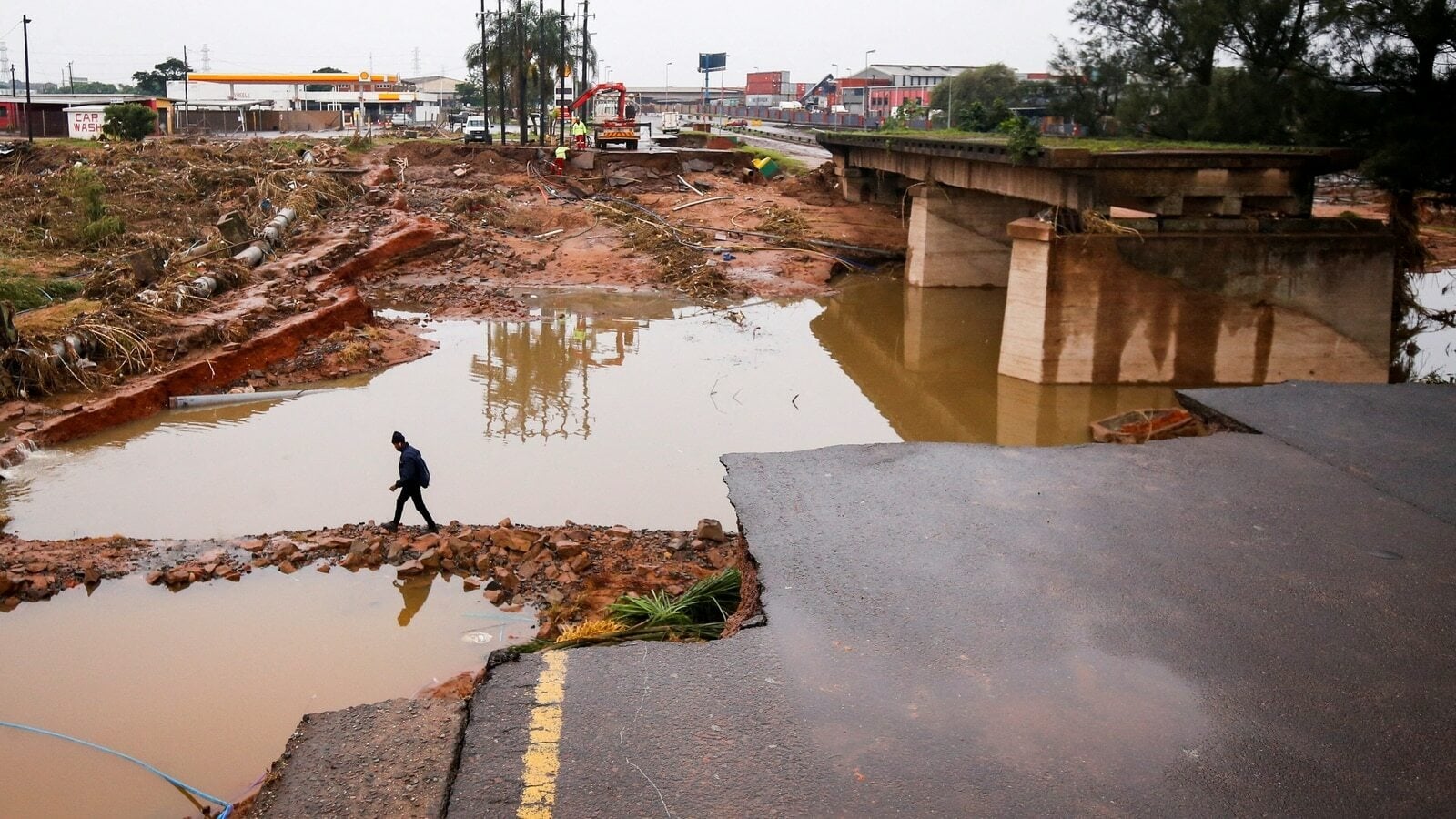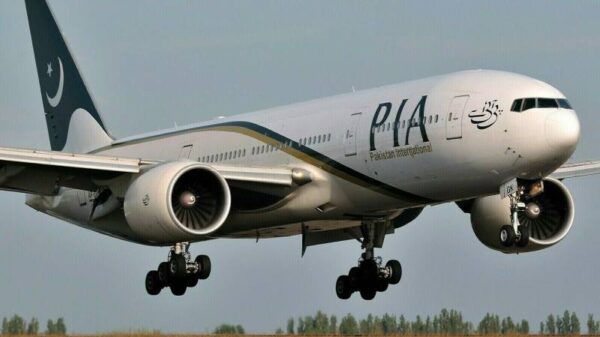As many as 443, including a rescuer, have been killed in the devastating floods that have ravaged South Africa’s east coast, a regional official said on Sunday.
The death toll has risen to 443 in the province of KwaZulu-Natal and 63 people are still unaccounted for, according to the province’s premier Sihle Zikalala.
After one of the worst hurricanes in recent memory, search and relief efforts on the flood-ravaged east coast may resume as the rains eased up.
The bad weather had slowed down the assessment and rescue operations, but “we are now again back in full swing,” reported a rescue official.
Floodwaters that destroyed roads inundated some places of Durban early last week and swept away homes and people who were trapped inside.
The South African Weather Service’s Puseletso Mofokeng claimed “rainfall is clearing” in the city of 3.5 million. In an interview with AFP, he said, “The rain will be fully gone by Wednesday.”
Recovery and humanitarian aid were still taking place in the city’s economic core and tourism hotspot, whose beaches and balmy Indian Ocean waters would have been packed with Easter vacationers had the storm not occurred.
Compared to the beginning of last week, the number of flood-related emergency calls was down.
At the time of publication, emergency services in KwaZulu-Natal were still on high alert.
Despite this, emergency personnel were on the scene in Pinetown, where a home had fallen during the night.
“In any case, the floodwaters have receded and the roads have been cleaned (in certain cases). The community is much more accessible now,” an official reported.
People of all faiths gathered in churches around the city and beyond on Easter Sunday to pray for those affected by the floods.
A day after his trip to Durban, Archbishop of Cape Town Thabo Makgoba delivered an Easter address in which he said: “It’s a tragedy of tremendous proportions”.
“The community is suffering severe emotional stress and pain,” said Makgoba, successor to Desmond Tutu.
The surging floodwaters rendered more than 40,000 people homeless, and the government, churches, and charitable organisations were working together to provide help.
The South African government has announced one billion rands ($68 million) in emergency funds.
Hospitals and educational facilities were demolished.
It has been estimated that 340 social professionals have been dispatched to help those who have been traumatised by the loss of their loved ones, many of whom remain missing.
A significant port city and commercial centre, Durban was the site of the most fatalities.
Since Monday after flooding destroyed much of the city’s infrastructure, residents have been without running water and power.
This attack resulted in the destruction of dozens of hospitals and hundreds of educational institutions.
The severity of the floods took aback South Africa, the most developed African country.
While flooding has occurred in the southeast area previously, nothing like the destruction seen this time around. In the past, South Africans have witnessed similar disasters in neighbouring nations like Mozambique, which are prone to cyclones.
Cyril Ramaphosa’s planned working trip to Saudi Arabia was pushed back to next week because of the rains.
President Ramaphosa called for “all hands on deck” in response to hundreds of deaths and the devastation of thousands of homes, as well as the economic effect and destruction of infrastructure.
After the Covid epidemic and violent riots of last year, which claimed the lives of more than 350 people, the country is still battling to recover.
Works at The Truth International Magazine. My area of interest includes international relations, peace & conflict studies, qualitative & quantitative research in social sciences, and world politics. Reach@ [email protected]










